

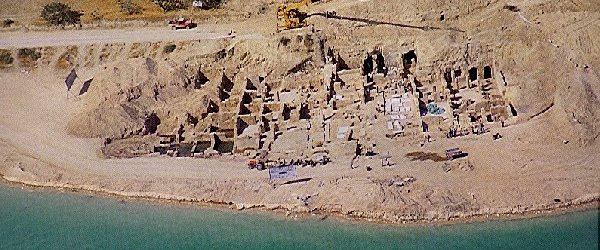 The chronological events on this site are as follows: 1986. The Project of Dams ,in southeast Anatolia,in order to supply water to get rid of the shortage of water and electrical energy had been started by the Turkish Government.According to the project,one of the dams going to be built was Birecik Dam,which was only 800 m. far from Zeugma.  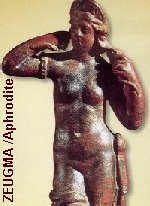 1987.
First excavations were done at the south part of Belkis Hill, by the Gaziantep Museum,in the grave chamber which was carved into rock.
1987.
First excavations were done at the south part of Belkis Hill, by the Gaziantep Museum,in the grave chamber which was carved into rock.Many small statues were found and were all carried to the Gaziantep Museum .These were made from lime stone and now being exhibited in Belkis Hall in Gaziantep Museum. 1988. Dr.Guillermo Algaze (archaeologist from Chicago University) was the first man who have pointed out the possibility of negative effects of the dams to the cultural haritage.And with the official permission he recieved from the Turkish Government, he had researched throughout the region and reported that 250 antique sites (including Zeugma) were going to be effected by the dam waters.He couldnt get any positive response from any foreign or domestic organizations for his announcements. 1989. With an official report,it is announced that 184 historical and cultural heritage ,including Zeugma,will be effected by the flood of the 26 dams . 1992. Dionysos and Ariadne's wedding mosaic was first located by the smugglers many years ago .When they fell into disagreement between themselves ,the finding got heard by Gaziantep Museum and they offically stepped in. In these years the other mosaics of Zeugma stolen from the site were being exhibited in different parts of the world. 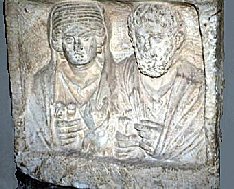 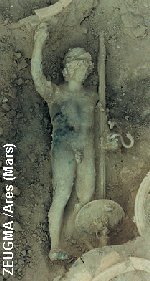 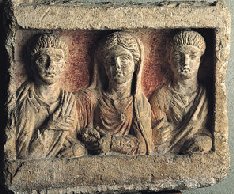 1993. When the Birecik dam project became a current issue ,Gaziantep Museum (under the directorate of Rifat Ergec) speed up the excavations.They have expanded the excavations arround the Roman Villa and started to save what was left over from the illegal excavations that had been going on since 1955. 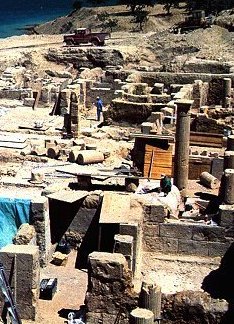 . . 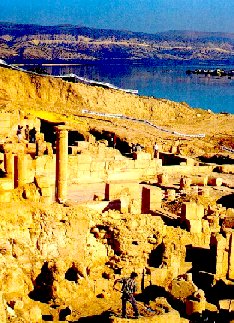 1994. The first international participation in the excavations was from the West Australian University.When they have reached to a Roman Villa in Kelekagzi region ,they have found out that two parts of the floor mosaic were taken by the smugglers.The main part of the mosaic was taken to the museum and the missing parts,later on ,were noticed to be located in Houston/USA. 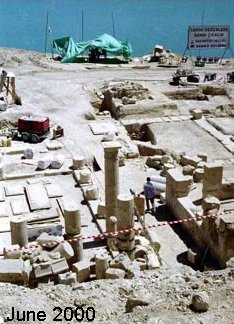 . . 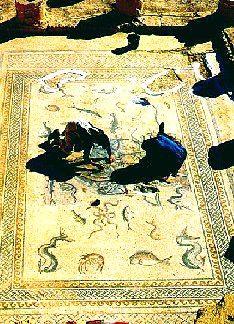 1995-1996. The French Government have sent Prof.Catherine Abadie-Reynal to the region for the rescue excavations.The Roman Baths and Gymnasium complex (which are now under water) were found during the starting period of dam construction and were dug by Gaziantep Museum (under the directorate of Rifat Ergec and archaeologist Mehmet Onal). 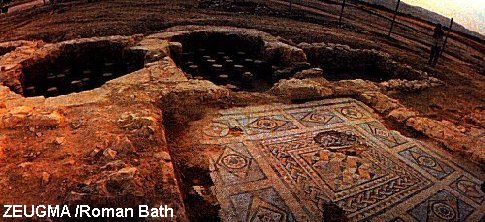 1997. Rifat Ergec and Mehmet Onal had worked whole year on the (A) Region and found two Roman Villas (which are now under water). 1998-1999 Excavations had been carried with Catherine Abadie-Reynal by Gaziantep Museum.The town of Zeugma /Belkis was considered as a whole. In the Kelekagzi Region; the residantial layers and sewer system, arround Halme; Greek, Byzantine and Roman houses and sewer systems laid by block stones, in Bahçedere; the Olive oil workshop were found. To locate the graves in the Necropol electro-geophysics studies has been done as much as the landscape allowed. 1998-1999 Kelekagzi region excavations have shown how big amount of the illegal excavations had been done in 60'es and 70'es.How many mosaics had been cut into smaller pieces and loaded to the camels to be smuggled to Syria... 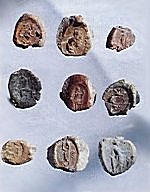 Besides the valuable mosaics , found in Zeugma, about 65.000 seal prints (bullas) were also found(Note:later on, they have reached to an amount of 100.000 bulla, had a function of todays offical red seal or the lead seal which is used for security, will reveal the dimensions of relationships between the neighboring cities and metropols. These seal prints were used to seal any bags containing sending and were put in the archives as a proof of the delivery.) Besides the valuable mosaics , found in Zeugma, about 65.000 seal prints (bullas) were also found(Note:later on, they have reached to an amount of 100.000 bulla, had a function of todays offical red seal or the lead seal which is used for security, will reveal the dimensions of relationships between the neighboring cities and metropols. These seal prints were used to seal any bags containing sending and were put in the archives as a proof of the delivery.)
2000-2001. The speed of the excavations have been increased by the support of the Governor of Gaziantep ,Muammer GÜLER, the consorsium of Birecik Dam, Birecik Dam A.S. and a Turkish company,Sanko. 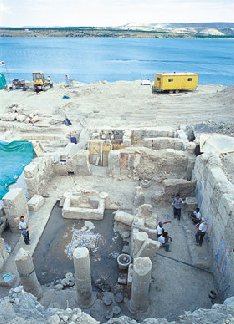 During the first 3 month period ,some more Roman Villas (including dining rooms, pools with pillards -Atrium, living rooms, storage rooms and latrines with the mosaics reflecting different myths) were brought to daylight. During the first 3 month period ,some more Roman Villas (including dining rooms, pools with pillards -Atrium, living rooms, storage rooms and latrines with the mosaics reflecting different myths) were brought to daylight.After the excavations are completed in (A) and (B) zones- regions, which will soon be covered by dam waters, it is planned to start the excavations in section C which is estimated to consist of official buildings. This region will be dig to form an open air museum. Packard Humanities Institute is still waiting for a reply from the Turkish Ministry Of Culture after making a suggestion of 50 million dollars for the excavation in region (C) and forming the open air museum. They have already provided a 5 million dollars contribution. 230 workers and 100 archaeologist have worked during the emergengy rescue excavations 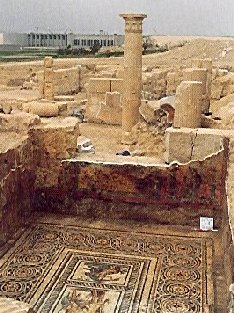 All the mosaics have been carried to the garden of the Gaziantep Museum.And a workshop has been built in the museum garden to go on with restoration and conservation. The scientific work is being done to pass on these priceless objects and art pieces of history, to the coming generation.Now, the Turkish experts are working on the fresques and the Italians ,on the the mosaics. The 65 mosaics unearthed will be restored by a team of 20 experts supervised by the world renown mosaics authority Roberto Nardi.
All the mosaics have been carried to the garden of the Gaziantep Museum.And a workshop has been built in the museum garden to go on with restoration and conservation. The scientific work is being done to pass on these priceless objects and art pieces of history, to the coming generation.Now, the Turkish experts are working on the fresques and the Italians ,on the the mosaics. The 65 mosaics unearthed will be restored by a team of 20 experts supervised by the world renown mosaics authority Roberto Nardi.
|



